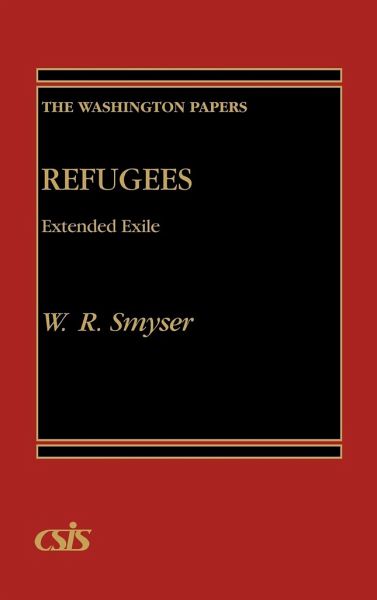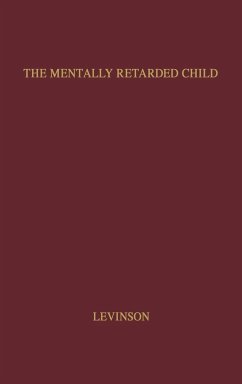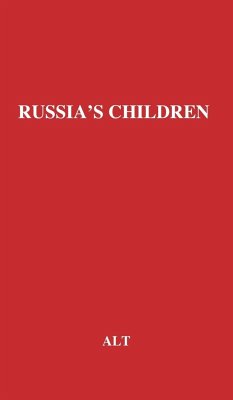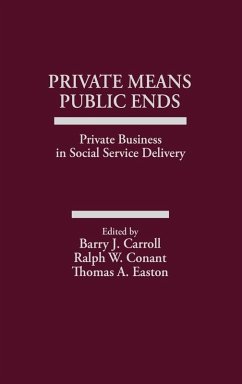
Refugees
Extended Exile
Versandkostenfrei!
Versandfertig in 1-2 Wochen
65,99 €
inkl. MwSt.

PAYBACK Punkte
33 °P sammeln!
One of this century's greatest tragedies, and one of our greatest challenges, has been the movement of millions of refugees. . . . This book, by an expert in the field, gives a comprehensive view of where we have been, and where we are likely to go, in coping with this world's endless stream of refugees. Senator Edward M. Kennedy, Chairman, Subcommittee on Immigration and Refugee Affairs This survey of post-World War II refugees by a former UN Deputy High Commissioner for Refugees focuses on those assisted through the United Nations and its affiliated Refugees (UNHCR), the International Commit...
One of this century's greatest tragedies, and one of our greatest challenges, has been the movement of millions of refugees. . . . This book, by an expert in the field, gives a comprehensive view of where we have been, and where we are likely to go, in coping with this world's endless stream of refugees. Senator Edward M. Kennedy, Chairman, Subcommittee on Immigration and Refugee Affairs This survey of post-World War II refugees by a former UN Deputy High Commissioner for Refugees focuses on those assisted through the United Nations and its affiliated Refugees (UNHCR), the International Committee for Migration, and the World Food Program. . . . Smyser argues that refugee problems and crises are far from over and will continue to require urgent international cooperative treatment. He presents a lengthy agenda with recommendations `to preserve the global structure of refugee protection and care, to help those who need help, to prevent abuse, and to bring refugee concepts and practices into a framework appropriate to our troubled times. Choice














